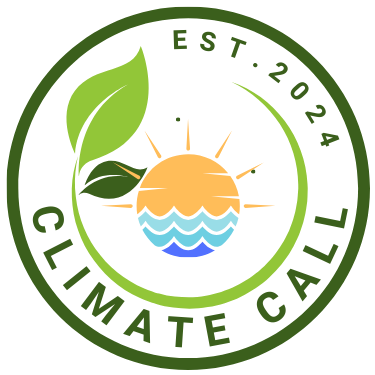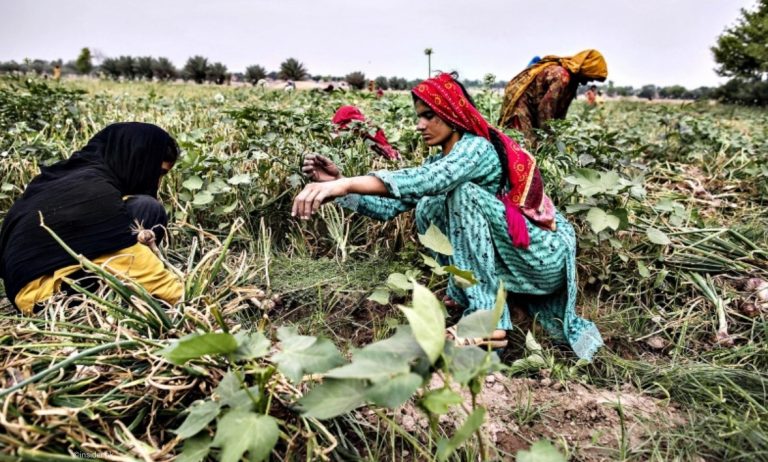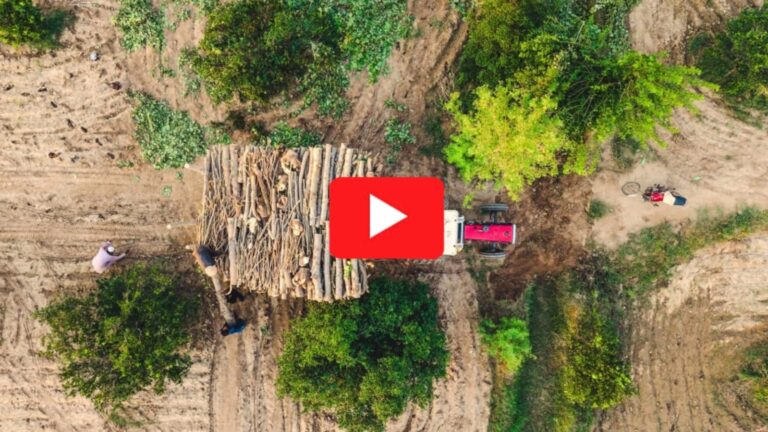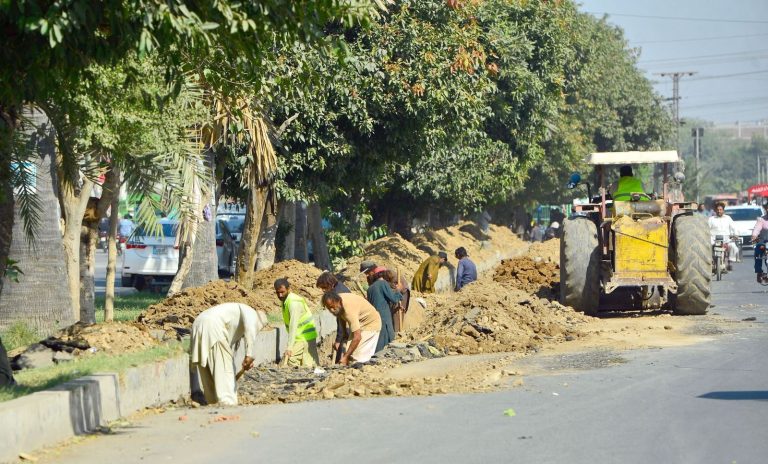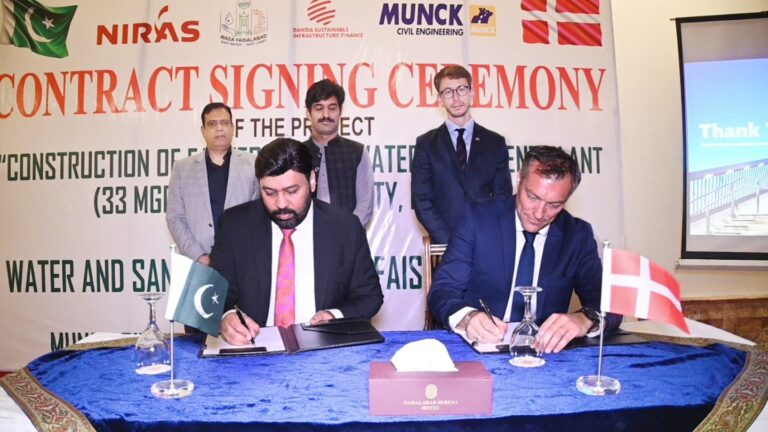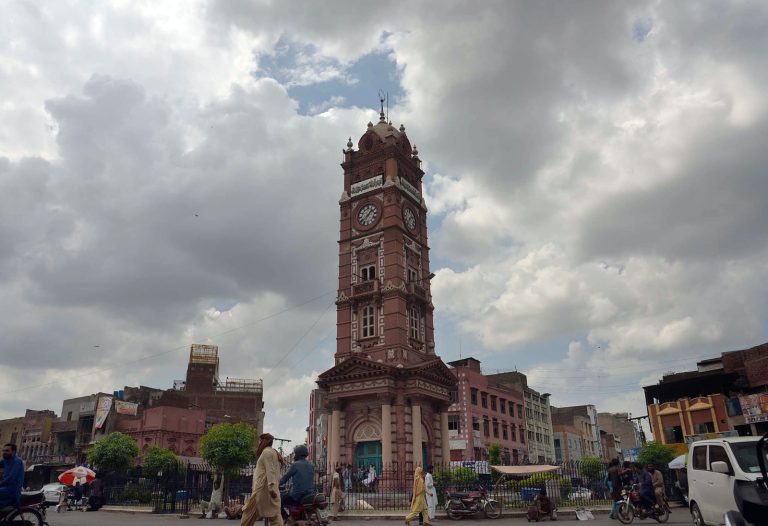Escalating Smog Crisis: A Health and Economic Catastrophe
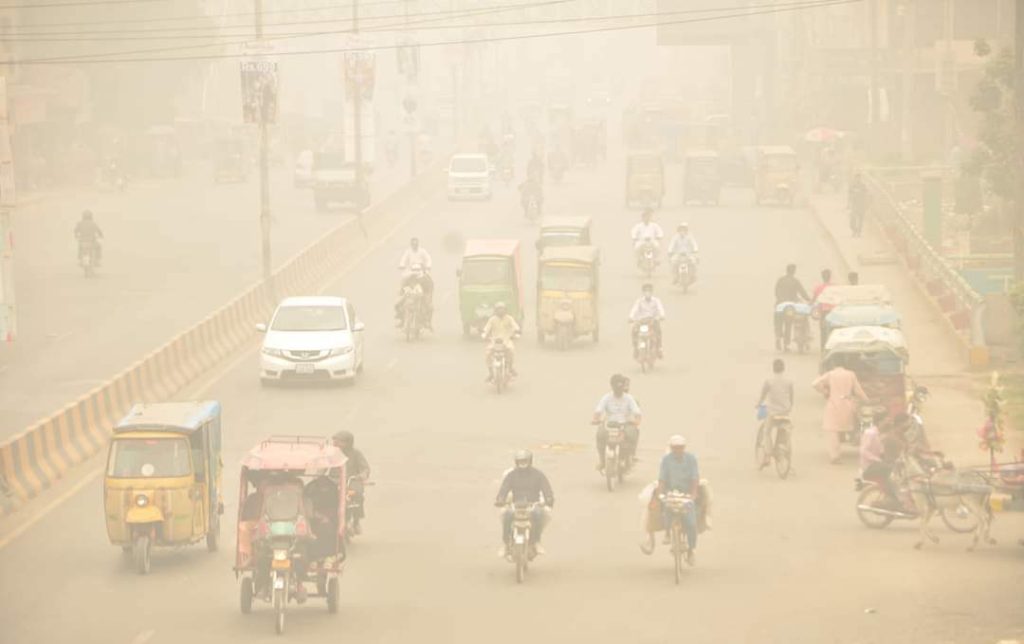
For several years, Punjab has grappled with the worsening issue of smog, which severely impacts the daily lives, health, and economic activities of its citizens. From October to February, cities and towns across Punjab are engulfed in a toxic blanket of smog, obscuring sunlight and making it nearly impossible for residents to breathe or maintain their routines. This year, the problem has intensified, with cities like Lahore, Multan, Faisalabad, and Bahawalpur recording air quality indices (AQI) far beyond the hazardous threshold of 300. In an unprecedented development, AQI levels have soared to a staggering 1000–1500, marking a grim record in Pakistan’s history.
Government Measures and Limited Impact
The severity of the crisis has prompted the government to impose a health emergency in Punjab. In cities like Lahore and Multan, furnace-based industries and construction activities have been halted, while polluting brick kilns and substandard fuel-burning boilers are being shut down. Restaurants face restrictions, business hours have been curtailed, and shopping malls are required to install air purifiers. Educational institutions have extended holidays, and colleges and universities have transitioned to online classes. Despite these measures, the smog persists, forcing the government to announce partial lockdowns in Lahore and Multan for three days a week, mirroring the economic and social disruptions seen during the COVID-19 pandemic.
A Dire Situation in Lahore
According to IQAir, a global air quality monitoring organization, Lahore’s air has become dangerously polluted, with PM2.5 particle levels exceeding the World Health Organization’s safe limit by 35.4 times. Despite an eight-month-long Smog Action Plan, the situation in Lahore remains critical. Since October, Lahore has consistently ranked as the world’s most polluted city. Reports reveal that in the past year, Lahore had only three days of good air quality, while 320 days were categorized as unhealthy or hazardous. This year’s data paints a similarly bleak picture, with only 16 days of satisfactory air quality recorded so far.
Underlying Causes and Expert Recommendations
Environmental experts attribute the crisis to unchecked emissions from personal vehicles, motorcycles, and industrial operations. Inadequate public transportation forces citizens to rely on private vehicles, contributing significantly to pollution. Diesel-powered trucks and freight vehicles also emit high levels of smoke, compounding the issue. According to the Institute of Development Economics, 83% of Lahore’s air pollution stems from vehicles, while a report by the Food and Agriculture Organization states that Pakistan has over 4 million vehicles and 24 million motorcycles. In the last five years, Pakistan imported $73 billion worth of petroleum products, with motorcycles consuming $15 billion worth of fuel, accounting for 69% of transport-related pollution.
Experts emphasize the need for widespread adoption of electric vehicles (EVs), enforcement of Euro 5 and Euro 6 fuel standards, and investment in clean public transportation systems. Switching from Euro 2 fuel to Euro 5 could reduce carbon emissions and toxic pollutants by 60%.
A Call for Long-Term Solutions
While immediate results from the Smog Action Plan are unlikely, sustained efforts could yield significant improvements in the long run. To achieve this, Punjab’s government must legislate and enforce anti-smog measures akin to those implemented in cities like London, Beijing, and Delhi, which have successfully mitigated their smog crises through stringent laws and compliance.
Addressing Punjab’s smog crisis requires a comprehensive and collaborative approach. Solutions must combine technological innovation, stricter regulations, and cross-border climate diplomacy, particularly with India, to tackle shared environmental challenges. Without decisive action, the smog will continue to choke the province, threatening lives, livelihoods, and the economy.
